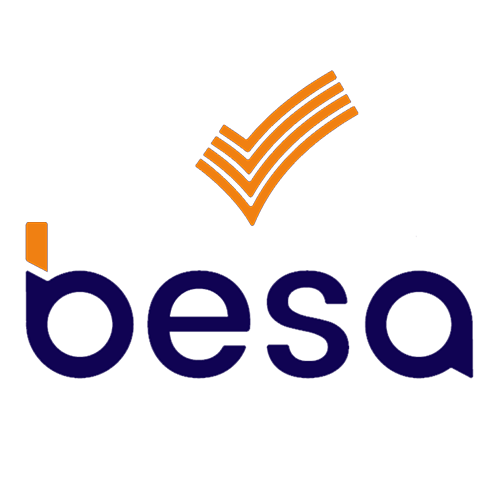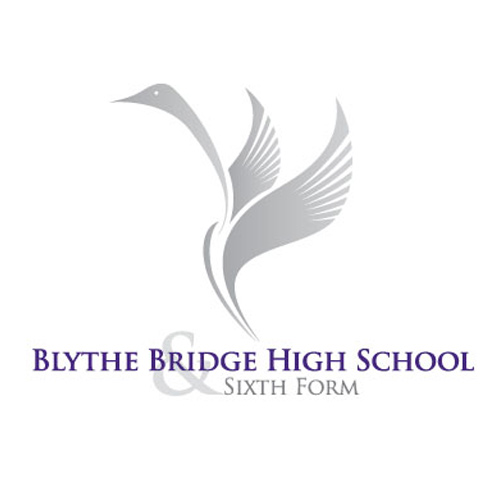Explore using Frog for CPD... Professional Development Platform
Avoid cost-cutting

As the trade association for UK education suppliers, we at the British Educational Suppliers Association (BESA) feel privileged to be able to provide members with regular industry “barometers” drawing upon research into head teachers budgets and suppliers’ forecasts, which we have been undertaking over the past three decades.
Patrick Hayes, Director of BESA
The current situation, to give it to you straight, is not great for either schools or suppliers. Last year, the newly elected Conservative government announced not just what amounts to real-terms cuts to school budgets, but also the decimation of the Education Services Grant, which had been used, among other things, as a “slush fund” for academies to procure products and services. While not as bad as expected, this year’s budget – announced in March – did not deliver the good news schools badly needed to hear.
MATS are now getting a bad rep
This is coupled with the rise of Multi Academy Trusts (MATs) across the country – there are currently around 850, but the number is expected to increase to several thousand over the course of the next parliament. Their rise corresponds with the fall in influence of Local Education Authorities, which are now withering away having had an increasing amount of their funding decentralised to school-level. While notionally there to help generate cost and efficiency savings through centralising goods and services, perhaps ironically, these MATS are now getting a bad rep for paying their senior teams significantly higher salaries than the Prime Minister. This means school budgets will inevitably be hit harder as a result and, with 80% of budgets being spent on staff and difficult to trim back on, the remaining 20% that is spent on resources and services is a prime target.
The forecast among suppliers over the next period is down in almost all areas. When it comes to ICT, expenditure is forecast to be down at Secondary level and, at best, flat at Primary level. 26% of secondary schools and 22% of Primary schools say their ICT expenditure will be lower than in 2015. One of the only areas that, surprisingly, is seeing an uptick in expenditure is printed books, the result – we believe – of Schools Minister Nick Gibb’s relentless campaigning around their importance. Projected expenditure in secondary schools is up by 5% over this school year.
While attitudes are changing, government attitudes towards education technology have not always been as brimming with enthusiasm. However, in an encouraging move, Education Secretary Nicky Morgan declared at this year’s Bett Show that “where technology is evidence-based and outcome driven – where it really works – we will back it all the way”.
Locked out of the digital classroom
She also acknowledged that something needs to be done about the current poor state of broadband connectivity in UK schools, with BESA research revealing that 30% of primary schools and 20% of secondary schools say they still don’t have adequate broadband provision. Even fewer have adequate WiFi – essential for the effective use of 1-2-1 devices.
This means there are literally millions of UK school children who are locked out of the digital classroom, increasingly essential both to aid them in preparing for their future careers; and to ensure they are beneficiaries of the latest pedagogical techniques that digital innovators, such as Frog and others unlocking the power of digital, are able to deliver. It is somewhat embarrassing that in the 21st Century – when initiatives such as Google’s Project Loon are looking to bring broadband to Africa by launching balloons into the stratosphere, and Scandinavian countries are declaring adequate broadband as a “human right” – a substantial number of UK school children still have limited web access in schools.
A fundamental change needs to occur both in terms of connectivity, and in terms of approach in the classroom. Having the right infrastructure, and the ability to access the cutting-edge of ed-tech in the classroom needs to be seen to be as fundamental to a child’s education as having tables, chairs and electrical lighting. It will take a radical approach to get there but, ultimately, it is our children’s future we are talking about. If that isn’t worth getting radical about, then what is?
Patrick Hayes is the Director of the British Educational Suppliers Association (BESA). He writes regularly on education for the Huffington Post. Read his articles here.
Case Studies Latest









